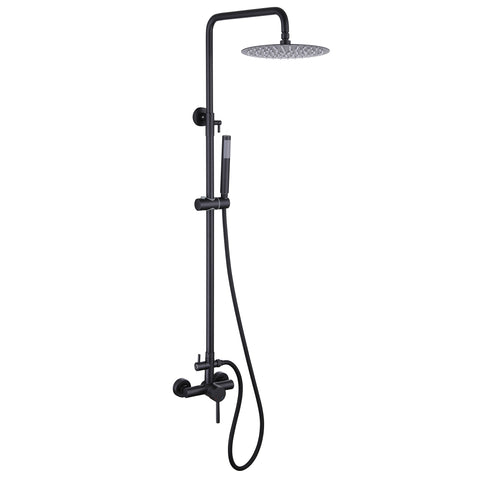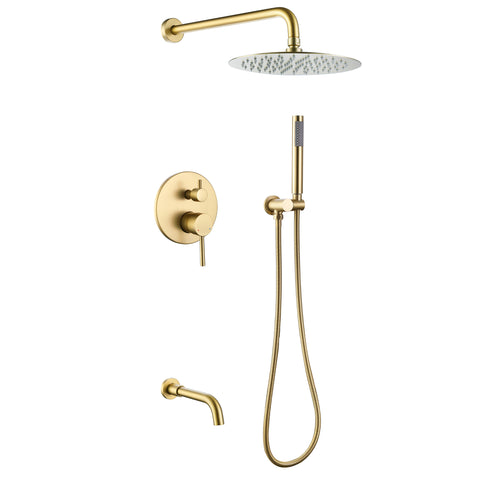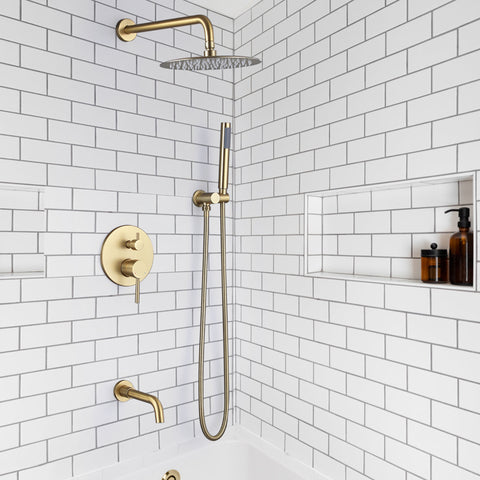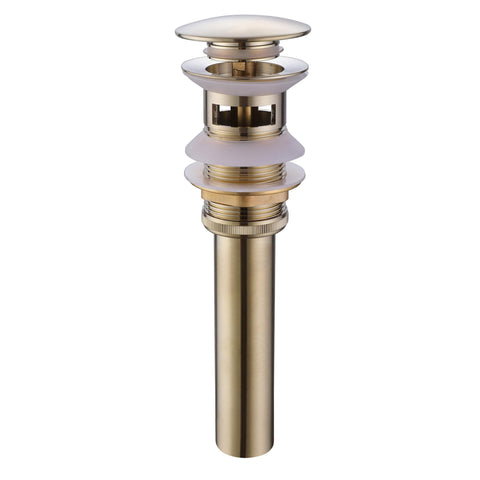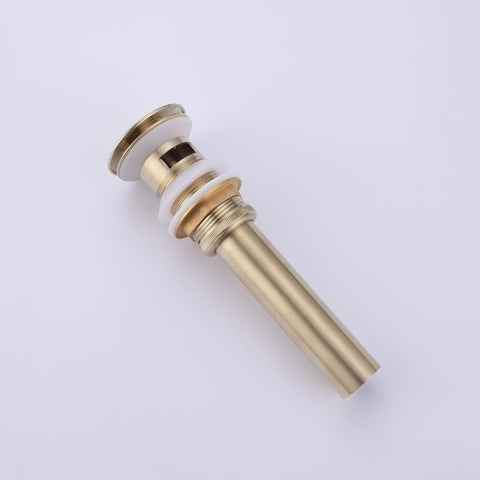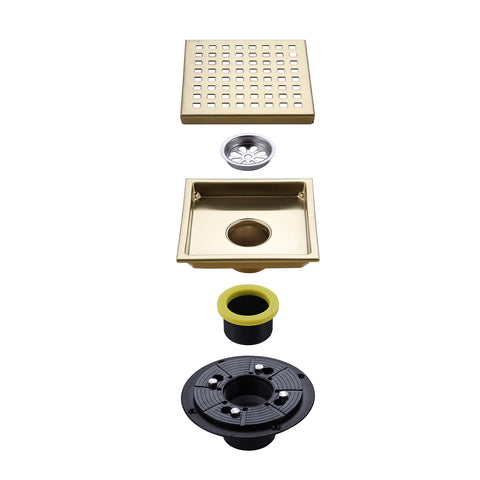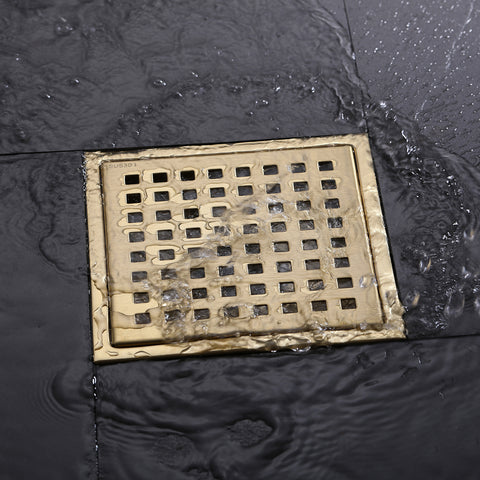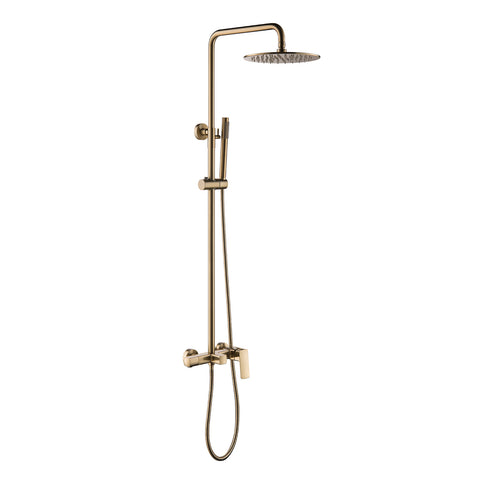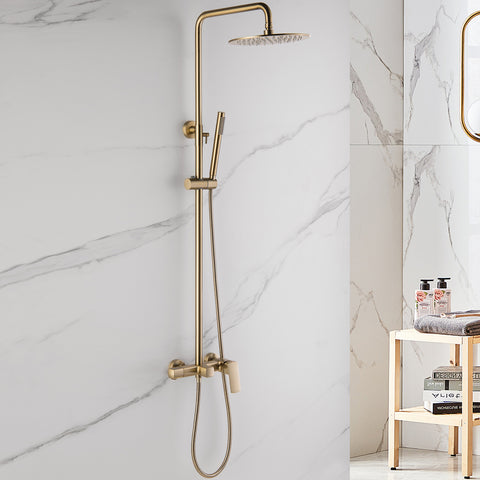How to Maintain a Kitchen Sink Faucet?
If you’ve recently installed a stunning and high-quality kitchen faucet , it’s essential to establish a proper maintenance routine to keep it looking great and functioning well for years to come. Fortunately, maintaining your faucet is simple and low-effort when done regularly. Here are the most effective steps to ensure its longevity:
Daily Care and Maintenance
Consistent daily care is key to preserving your faucet’s appearance and function. Wipe it down using mild soap and a soft, damp cloth, then dry with a microfiber towel to prevent water spots and preserve the finish. Avoid abrasive cleaners or harsh chemicals—these can strip coatings or scratch the surface. For matte black or brushed gold finishes, use polishes made specifically for faucet surfaces to reduce fingerprint marks and add a subtle protective layer.
Removing Limescale
If your area has hard water, mineral buildup like limescale can appear around spouts and joints. To remove it, gently apply a non-abrasive cleaner (such as vinegar-based sprays or window cleaner) using a soft sponge. For stubborn buildup, use a dedicated descaling solution—but never scrub with rough materials, as they can scratch or dull the finish permanently.
Minor Maintenance Tasks
Modern faucets like those from RBROHANT are built to last, but small components may still wear over time. Periodically inspect moving parts like the handle cartridge, spray head connection, or internal seals. If you notice stiffness or minor leaks, replacing these parts is easy and can dramatically extend the life of your faucet.
By adopting these simple kitchen faucet maintenance habits, you can keep your faucet looking flawless and functioning efficiently for many years to come. For long-lasting performance and professional-grade design, explore RBROHANT’s full collection of kitchen faucets—crafted to meet the needs of modern homes with both style and reliability.
